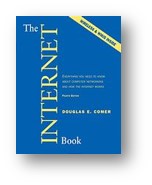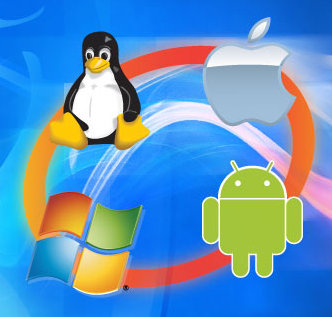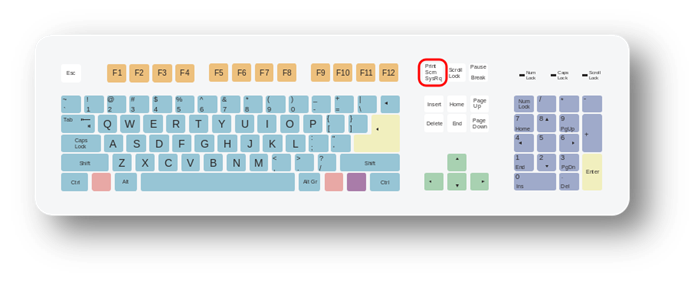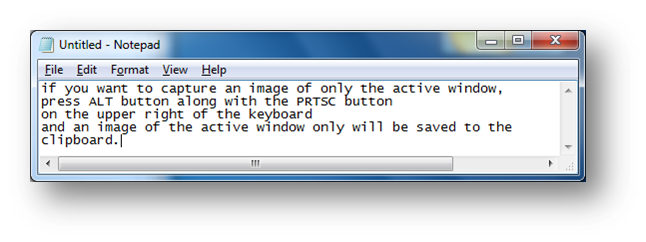preps | intro | clients | open source
Class Schedule
- 09 Jan intro and clients | lecture | labs
- 16 Jan servers and command line | lecture | labs
- 23 Jan networks and protocols | lecture | labs
- 30 Jan structural layer | lecture | labs
- 06 Feb presentational layer | lecture | labs
- 13 Feb using a structure | lecture | labs
- 20 Feb behavioral layer | lecture | labs
- 26 Mar formulas, functions, vectors | lecture | labs
- 02 Apr data display | lecture | labs
- 09 Apr manipulate data sets | lecture | labs
- 16 Apr relational data bases | | labs

This work
is licensed under a
Creative Commons Attribution-NonCommercial-ShareAlike 3.0 Unported License.
home & schedule | syllabus | contact | grades
We want to be sure we grasp the relationship of clients to servers,
and have a shared vocabulary of terms.
Client-server computing
- the basis of much of what we will be doing

Client-server computing
is the interaction between two programs when they communicate across a network. A program at one site sends a request to a program at another site and awaits a response.
The requesting program is the client.
Assuming we are using our laptops as a client, we might want to know how laptops work.
The program satisfying the request is the server.
Assuming we want to retrieve something from a server over the web, we might want to know how web servers work.
client-server interaction is the basis of distributed computing
back to top
baseline understandings about the tools we will be using
How PCs work and microprocessors
Advice on how to deal with problems as they come up
- personal computer maintenance Windows OS
- personal computer maintenance Mac OS
- personal computer maintenance Linux OS
- Basic Computer Security from ITS
back to top
Terminology

It's good to be cognizant of the relationship of memory to storage, and the specific meaning of each term.
What are operating systems? We are familiar with Windows and Apple on our clients, but Linux and Android are starting to become challengers.
Wikipedia lists lots and lots of operating systems.
What does open source mean?
back to top
one simple tool that we will use a lot
Learn how to use the screen capture tool.

If you want to capture the entire screen, press the Print Screen button and an image of the screen will be saved to your clipboard.

If you want to capture the active window, press the ALT button + the Print Screen button and an image of the active window screen will be saved to your clipboard.

If you want to trim a portion of the screen, install the Snip & Sketch tool, pick the area you want to snip, and an image will be saved to your clipboard.
If you use a Mac, there are several keyboard combinations that can be used to take screenshots in Mac OS X
Mac users
We will use Windows computers at the instructor desk. On occasion, the interface in Windows will not match the interface in a Mac. While we will try to have examples for all operating systems, it will be useful if, when you find that the Mac view is different, that you take a screenshot of the Mac environment and send it to the instructor. The instructor will ensure that the Mac screenshot is integrated into the class pages pertaining to the situation in which the screenshot was taken.
back to top
09 January Lecture | preps | intro | clients | open source

